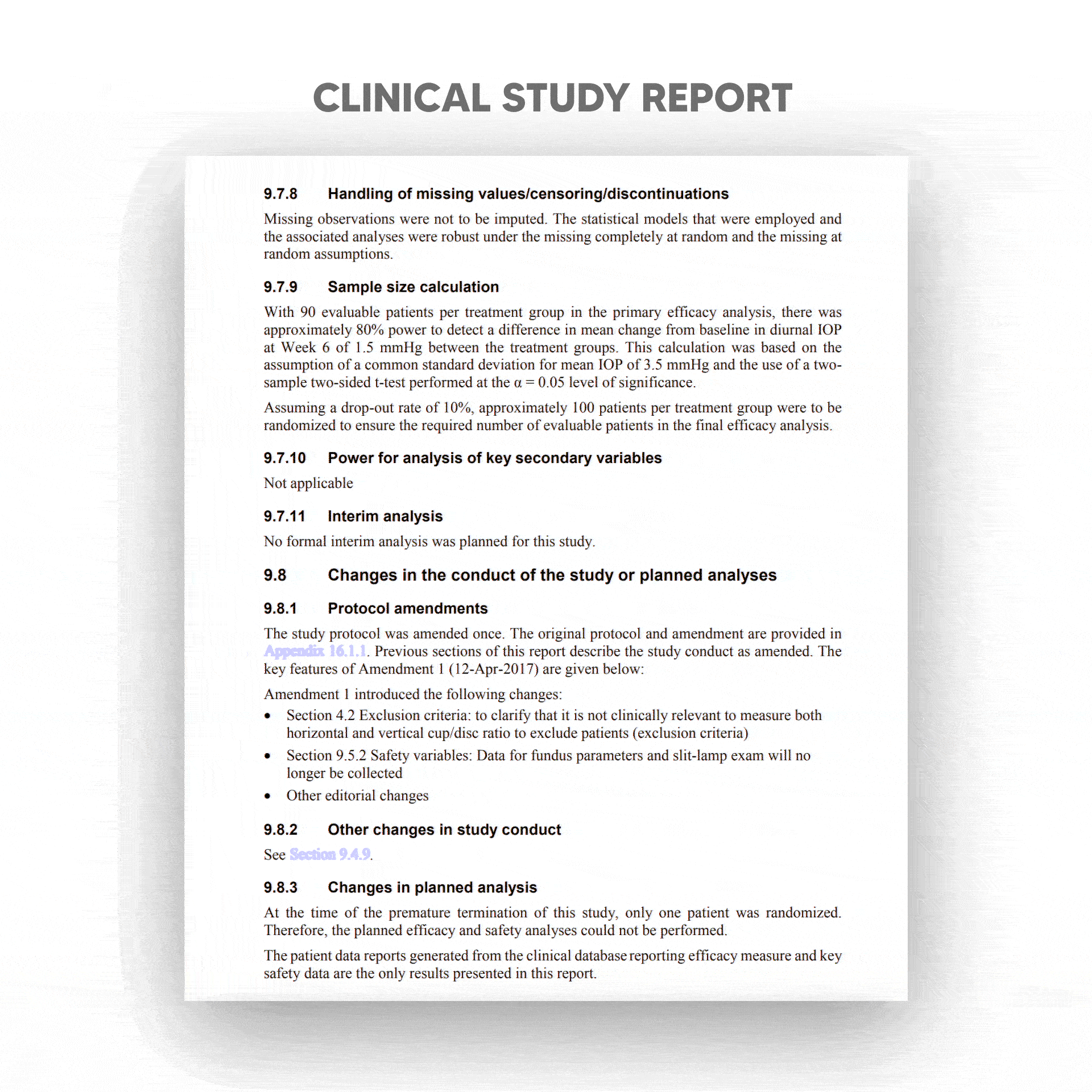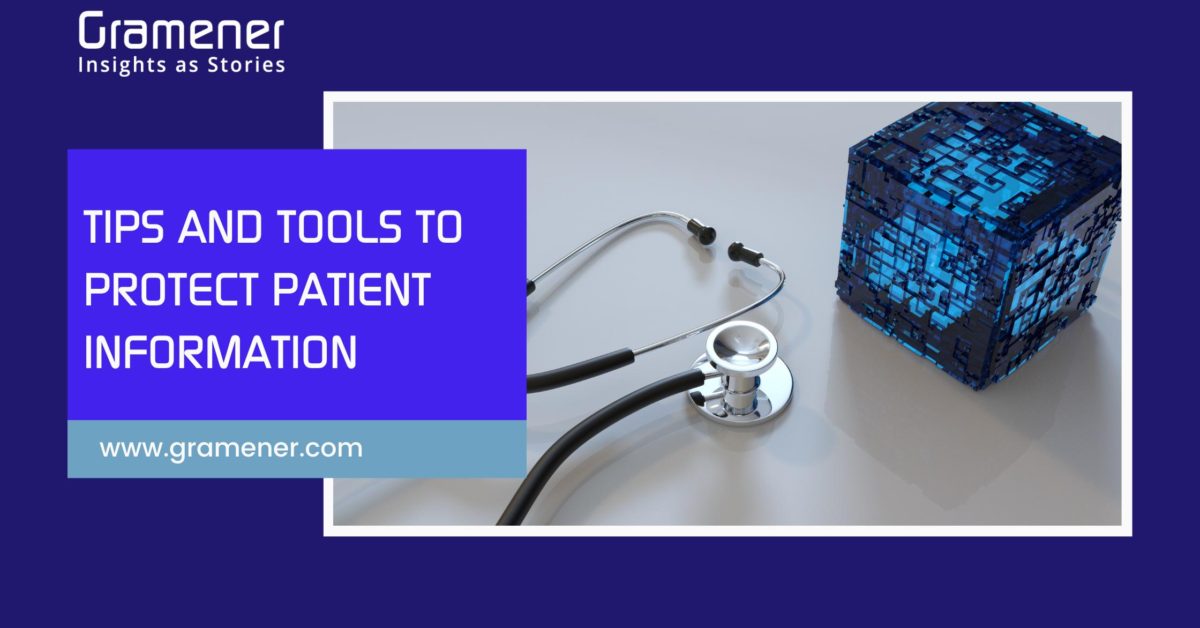The healthcare industry relies heavily on technology to store and manage patient data. While digitalization has made healthcare more efficient and accessible, it has also opened the door for digital data breaches and cyberattacks, putting healthcare data security at stake.
A survey that asked 91 healthcare organizations found 90% of them reported experiencing a data breach in the previous two years. What’s more, nearly half of them suffered more than five breaches during that period.
This article will discuss the best tools and practices for healthcare data security and how to secure patient data. We will explore the challenges and risks of storing and managing patient data and provide practical solutions to ensure their safety.
Table of Contents
Minimal Access Controls
Enforce controls to limit access to patient data to only authorized personnel. Access control will reduce the risk of accidental or intentional data breaches. Healthcare institutions can implement various access control mechanisms to reduce unauthorized access.
The most common are the following:
- Multi-factor authentication (MFA) requires users to provide two or more forms of identification, such as a password and a security token or biometric identifier, to gain access to patient data. MFA is an extra layer of security when passwords have been stolen or compromised.
- Role-based access assigns user permissions based on their role within the organization. Users are only granted access to the data necessary for their job, reducing the risk of accidental or intentional data breaches.
- Privileged access management limits access to patient data to only those users who require it for their job duties, such as system administrators. Access management reduces the risk of unauthorized access and potential data breaches resulting from insider threats.
- Virtual Private Networks (VPNs) act as a safeguard in networks and other forms of connectivity which can still pose significant risks to patient data security. A reliable VPN can help healthcare organizations ensure secure remote access to patient data, prevent unauthorized access and protect against cyber threats.
Vulnerability Management
Identify, evaluate, and address vulnerabilities in software and hardware systems regularly.
The vulnerability management process typically involves four main steps:
- Discovery – Using automated tools to identify vulnerabilities in systems.
- Prioritization – Vulnerabilities are evaluated based on their severity and the risk posed to patient data.
- Remediation – Taking steps to address vulnerabilities, such as applying software patches or implementing new security control.
- Verification – Testing systems to ensure that these vulnerabilities have been addressed successfully.
Encryption
Encryption is a widely-used technique that encodes sensitive information to protect it from unauthorized access.
There are two main encryption techniques: symmetric and asymmetric—the former uses a single secret key to both encrypt and decrypt data, and the latter uses two keys, one for encryption and another for decryption.
Asymmetric encryption is handy for securing communication channels, such as email, while symmetric encryption is the best choice to secure data storage and transmission.
On the other hand, implementing encryption also demands generating and storing encryption keys securely. Protect keys using strong passwords and give access controls to only authorized personnel.
Healthcare Data Management
Data management in healthcare is largely about accessing, storing, and protecting patient information. This includes creating and maintaining data quality standards, setting up access protocols and security measures, and auditing access to the data.
It is an essential element of the modern healthcare industry that enables healthcare organizations to provide the best care to their patients. With the help of health data management solutions, healthcare organizations can ensure that the data they store is accurate, secure, and easy to access for the stakeholders that need it.
One such offering is AInonymize – a tool that uses advanced machine learning algorithms to anonymize data, removing any personally identifiable information or any other confidential details that could be used to trace back to a patient. It is especially useful in clinical trials since they generate vast amounts of sensitive data that needs a layer of anonymization before sharing it with researchers or regulatory agencies.

AInonymize automates this process, saving organizations time and money while also reducing the risk of regulatory fines for non-compliance. By using AInonymize, organizations can focus on their research goals without worrying about data privacy concerns, allowing them to accelerate their innovation and drive better outcomes for patients.
Data Security as a Culture
The prominence of the digital format for storing, sharing, and consulting data can invite us to believe that it is up to cybersecurity experts alone to enforce it. Yet, data security should permeate the whole organization.
Every employee, from top executives to entry-level staff, must understand the importance of data security and their role in safeguarding sensitive information.
Read More: 10 Best Data Anonymization Tools and Techniques to Protect Sensitive Information
Resiliency
Healthcare institutions’ data management should be resilient, meaning that patient data is backed up and monitored and that incident response plans are in place in case anything goes wrong. Besides, institutions should involve regular testing and training to prepare for potential disruptions.
Incident Response Plan
An incident response plan is a set of procedures that healthcare institutions can use to respond to security incidents, including data breaches. An effective incident response plan should include procedures for detecting, reporting, containing security incidents, and notifying affected patients and authorities.
Regularly test and update the Incident response plans to ensure that they remain effective and relevant. Testing the incident response plan can help healthcare institutions identify gaps and weaknesses in their security procedures and provide an opportunity to improve them.
Regular Training and Awareness
Healthcare employees must understand the importance of patient data security and how to act to preserve it.
Some of the best practices for employees to get training on:
- Password hygiene remarks the importance of using strong, unique passwords and regularly changing them.
- Phishing awareness will help employees identify and avoid phishing attacks, which are a common method for cybercriminals to steal login credentials and gain unauthorized access to patient data—in fact, phishing is the most common type of attack that the healthcare industry suffers.
- Safe data handling can help employees understand how to properly store, share, and dispose of patient data to reduce the risk of accidental or intentional data breaches.
In addition to regular training, healthcare institutions can also raise awareness about patient data security through their various internal communication channels—email, posters, newsletters, etc. The final test against phishing is distributing dummy phishing materials to test employees’ awareness of these attacks and provide targeted training to those who fall for the simulation.
Read More: Check our latest blog series on Privacy in Healthcare: An Introduction to Protecting Patient Data.
Make Healthcare Data Security a Priority
No matter the industry you are in, cybersecurity threats are constantly evolving. Healthcare institutions must remain vigilant and proactive in protecting patient data. Use the concepts and tools mentioned in this article to stay ahead of potential threats. Ensure that patient data remains secure, and ultimately honor your patients’ trust.
Contact us for a free demo of AInonymize, our focused AI solution to anonymize any patient data from clinical records.

